In this project we are trying to build a very simple but functional 3-trit balanced ternary computer. The only building block allowed is a ternary multiplexer based on DG403 analog switches.
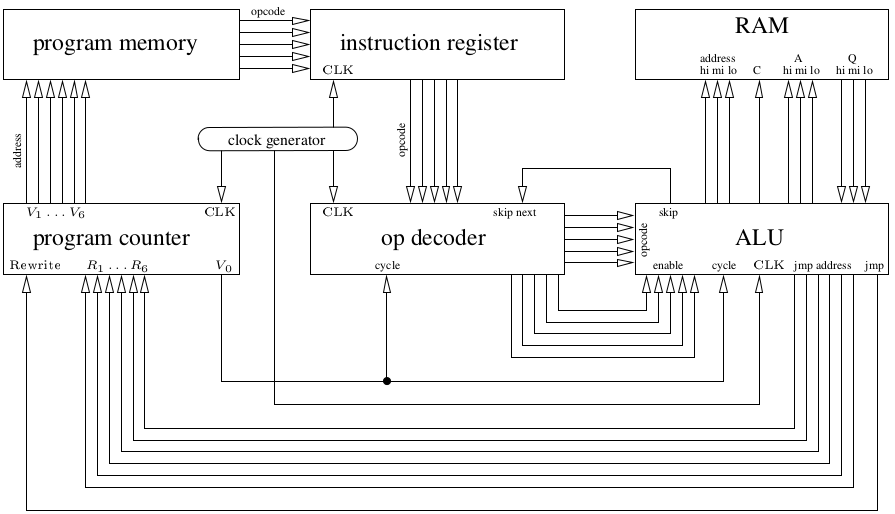
══════════════════════════════════════════════════════════
Description of the ternary computer TRIADOR
══════════════════════════════════════════════════════════
General purpose
registers
trits 2 1 0 (a trit can take -1,0,+1 values)
┌─┬─┬─┐
R1│ │ │ │ \
├─┼─┼─┤ | Program memory
R2│ │ │ │ | trits 4 3 2 1 0
├─┼─┼─┤ |-- main set ┌─┬─┬─┬─┬─┐
R3│ │ │ │ | of registers a -364│ │ │ │ │ │
├─┼─┼─┤ | d ├─┼─┼─┼─┼─┤
R4│ │ │ │ / d -363│ │ │ │ │ │
├─┼─┼─┤ r ├─┼─┼─┼─┼─┤
R5│ │ │ │ \ e -362│ │ │ │ │ │
├─┼─┼─┤ | s ├─┼─┼─┼─┼─┤
R6│ │ │ │ | s : : : : : :
├─┼─┼─┤ | ├─┼─┼─┼─┼─┤
R7│ │ │ │ | -1 │ │ │ │ │ │
├─┼─┼─┤ | ├─┼─┼─┼─┼─┤
R8│ │ │ │ | 0 │ │ │ │ │ │
├─┼─┼─┤ |-- extra registers ├─┼─┼─┼─┼─┤
R9│ │ │ │ | +1 │ │ │ │ │ │
├─┼─┼─┤ | ├─┼─┼─┼─┼─┤
R10│ │ │ │ | : : : : : :
├─┼─┼─┤ | ├─┼─┼─┼─┼─┤
R11│ │ │ │ | +363│ │ │ │ │ │
├─┼─┼─┤ | ├─┼─┼─┼─┼─┤
R12│ │ │ │ / +364│ │ │ │ │ │
├─┼─┼─┤ └─┴─┴─┴─┴─┘
R13│ │ │ │ Special register,
└─┴─┴─┘ specifies memory segment for JP ttt
┌─┬─┬─┬─┬─┬─┐
PC │ │ │ │ │ │ │ program counter register (-364..+364)
└─┴─┴─┴─┴─┴─┘
┌─┐
C │ │ borrow/carry flag (+1 borrow, -1 carry)
└─┘
Every 3-trit register can take values from -13 to +13:
t2*9 + t1*3 + t0
where t0,t1,t2 - trits (-1,0,+1)
═══════════════════════════════════════════════════════════
TRIADOR instruction set
═══════════════════════════════════════════════════════════
(for lisibility we use N,O,P instead of -1,0,+1)
┌───────┬────────┬───────────────────────────────────────┐
│op code│mnemonic│ description │
├───────┼────────┼───────────────────────────────────────┤
│ NNttt │ EX ttt │ extension commands (work in progress) │
├───────┼────────┼───────────────────────────────────────┤
│ NOttt │ JP ttt │ unconditional jump to R13*27+ttt │
├───────┼────────┼───────────────────────────────────────┤
│ NPttt │ SK ttt │ conditional skips of the next command │
├───────┼────────┼───────────────────────────────────────┤
│ ONttt │ OP ttt │ tritwise unary operation over R1 │
├───────┼────────┼───────────────────────────────────────┤
│ OOttt │ RR ttt │ copying between registers │
├───────┼────────┼───────────────────────────────────────┤
│ OPttt │ R1 ttt │ write ttt to the register R1 │
├───────┼────────┼───────────────────────────────────────┤
│ PNttt │ R2 ttt │ write ttt to the register R2 │
├───────┼────────┼───────────────────────────────────────┤
│ POttt │ R3 ttt │ write ttt to the register R3 │
├───────┼────────┼───────────────────────────────────────┤
│ PPttt │ R4 ttt │ write ttt to the register R4 │
└───────┴────────┴───────────────────────────────────────┘
Additional comments:
- ttt means a 3-trit number with values
from NNN (-13) to PPP (+13)
- RR ttt instruction copies a register to/from R1 or performs
an increment/decrement over R1
OONNN — copy R1 to R13
OONNO — copy R1 to R12
OONNP — copy R1 to R11
OONON — copy R1 to R10
OONOO — copy R1 to R9
OONOP...
Read more »
 Dmitry V. Sokolov
Dmitry V. Sokolov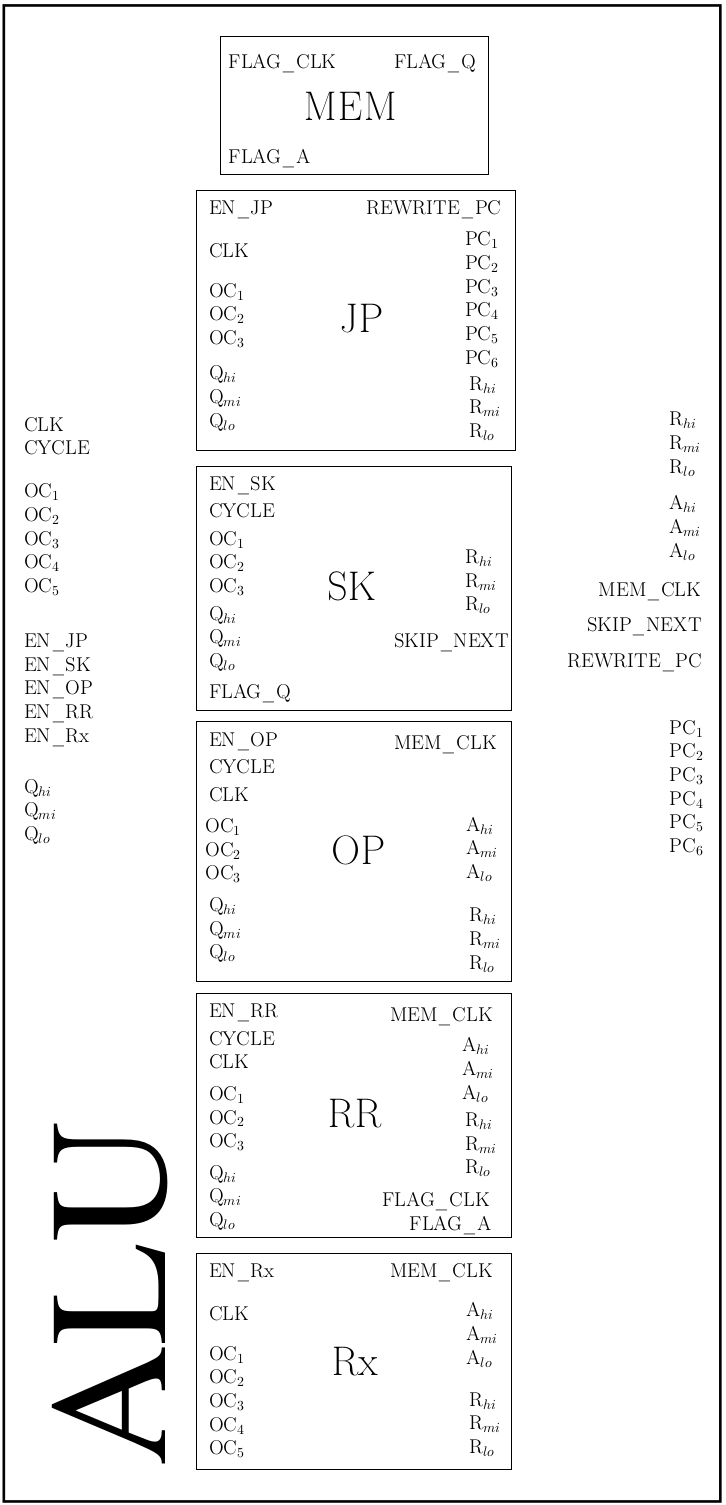
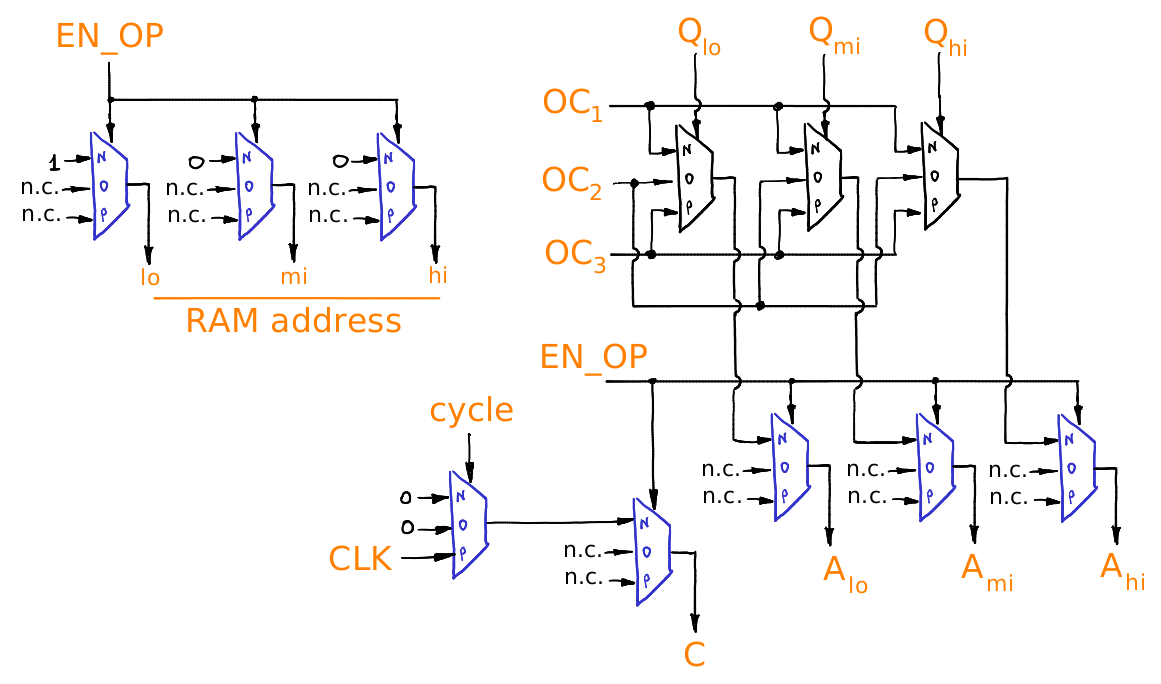
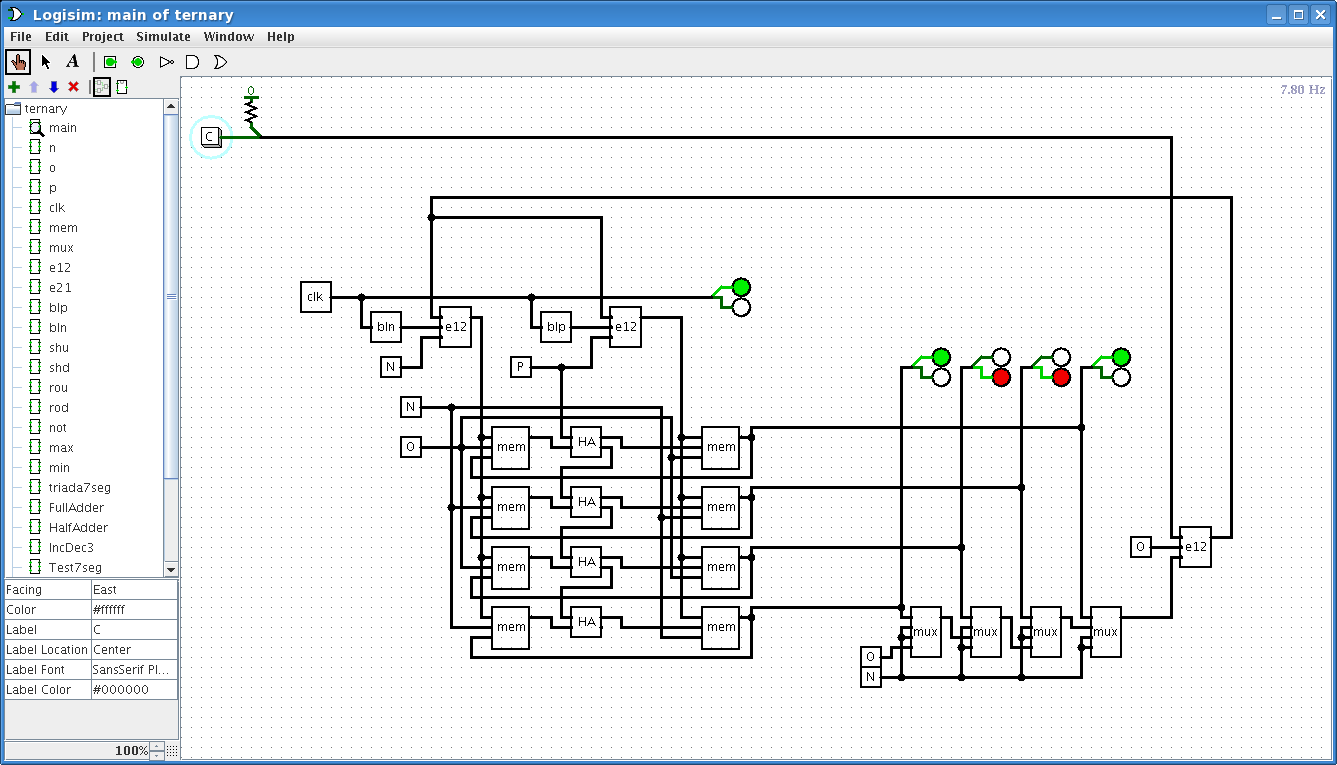





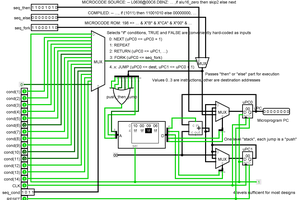
 zpekic
zpekic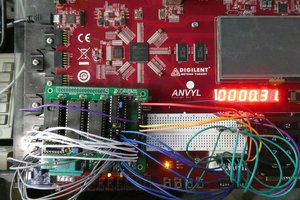
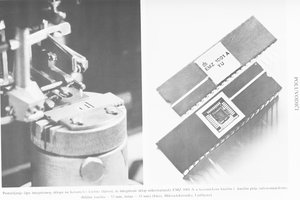
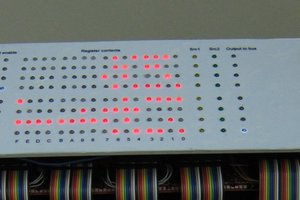
 Pavel
Pavel
Hi, I designed a flip-flap-flop (flipflop with 3 states) with only 2 transistors, described in the latest log of this project: https://hackaday.io/project/162405-2-transistor-4-state-flipflop